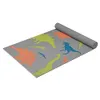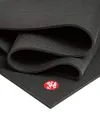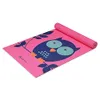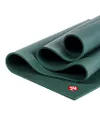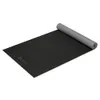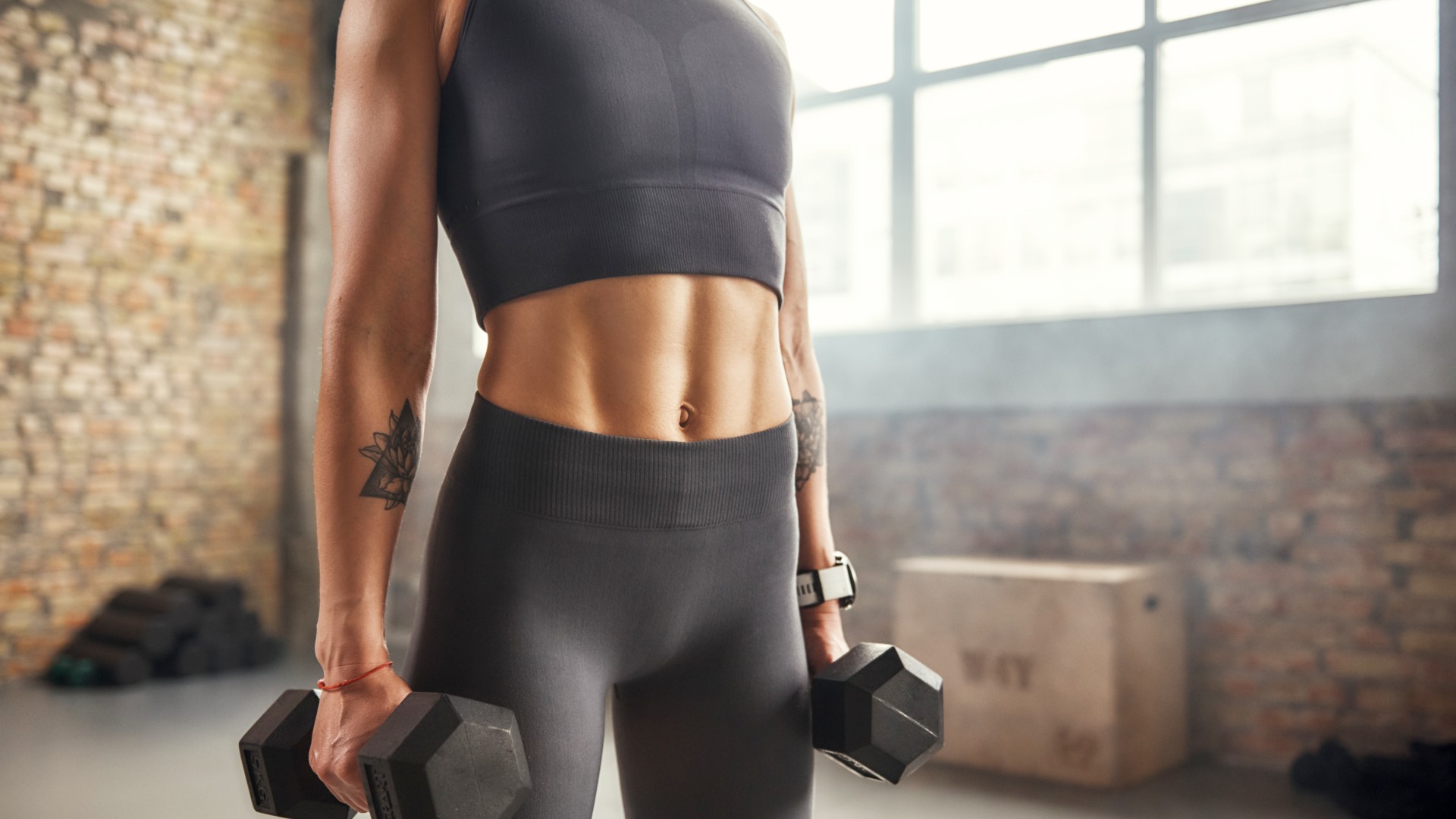
If you’re clicking on this dumbbell ab workout right now thinking — ”No, not sit-ups,” then we’ve got good news for you — there aren’t any.
As a personal trainer, I believe sit-ups have a time and a place, but they’re not the holy grail of core exercises. We’ve wised up to the many more bang-for-your-buck moves that can transform core strength without stressing your spine or laying on your back.
This dumbbell ab workout targets more muscles than just your abs, making it efficient, challenging and engaging — in every sense. For the short workout, grab one of the best adjustable dumbbells (or any weight for that matter) and watch along below for the full routine, sets and reps to follow.
Watch Sally Morgan’s dumbbell core routine:
Sally Morgan is an age group Hyrox world champion and runs fitness company Skulptur.
She writes: “You’ll never think of core training the same after this.”
A post shared by Sally Morgan | Strength Training | Hyrox (@skulptur.me)
A photo posted by on
You just need one dumbbell, but opt for a weight that allows you to use your core muscles to drive the movement, rather than relying on your shoulders to heave the weight from one side to the other.
The arms and shoulders get a good workout during this routine, but as Morgan states in the comments section, they should be the bonus, not the focus. “This dumbbell core routine will put your strength, stability, and control to the test,” she adds.
Sign up to get the BEST of Tom's Guide direct to your inbox.
Get instant access to breaking news, the hottest reviews, great deals and helpful tips.
Here are the moves:
- L-sit pass over
- L-sit seesaw press
- Kneeling pass over
- Kneeling seesaw press
- Half-kneeling split swing.
Verdict
Morgan asks you to “say goodbye to crunches and hello to functional strength. These dynamic moves are your ticket to a stronger, more resilient core.”
I’ve been scrolling a few of the comments and totally agree that this could be viewed predominantly as a shoulder workout. But actually, your core drives every one of these exercises, especially from a seated or kneeling position.
Each exercise teaches balance, stability, and control as you move from right to left, left to right, without rotating your torso, using your legs, or arching your back.
Try 10 reps per move for 4 rounds and use a weight that feels challenging without restricting your range of motion. In this case, you should be able to extend your arms to lift the weight over your head.
Morgan gives a helpful tip — “Mind to muscle,” which means consciously thinking about maintaining a strong and active core during each movement. Use the weights to “increase the force through the abs, while you resist.”
Another tip I like to use with clients during seated ab workouts is to think of the L-shape your body creates. Press the backs of your legs gently into the mat below and imagine a string pulling up from the crown of your head, lengthening your spine and drawing you tall. Your shoulders are set down away from the ears and your back is straight without collapsing toward your stomach.
If someone held a rod against your back, would your head, neck, spine and hips touch the rod?
Why are sit-ups no longer recommended?
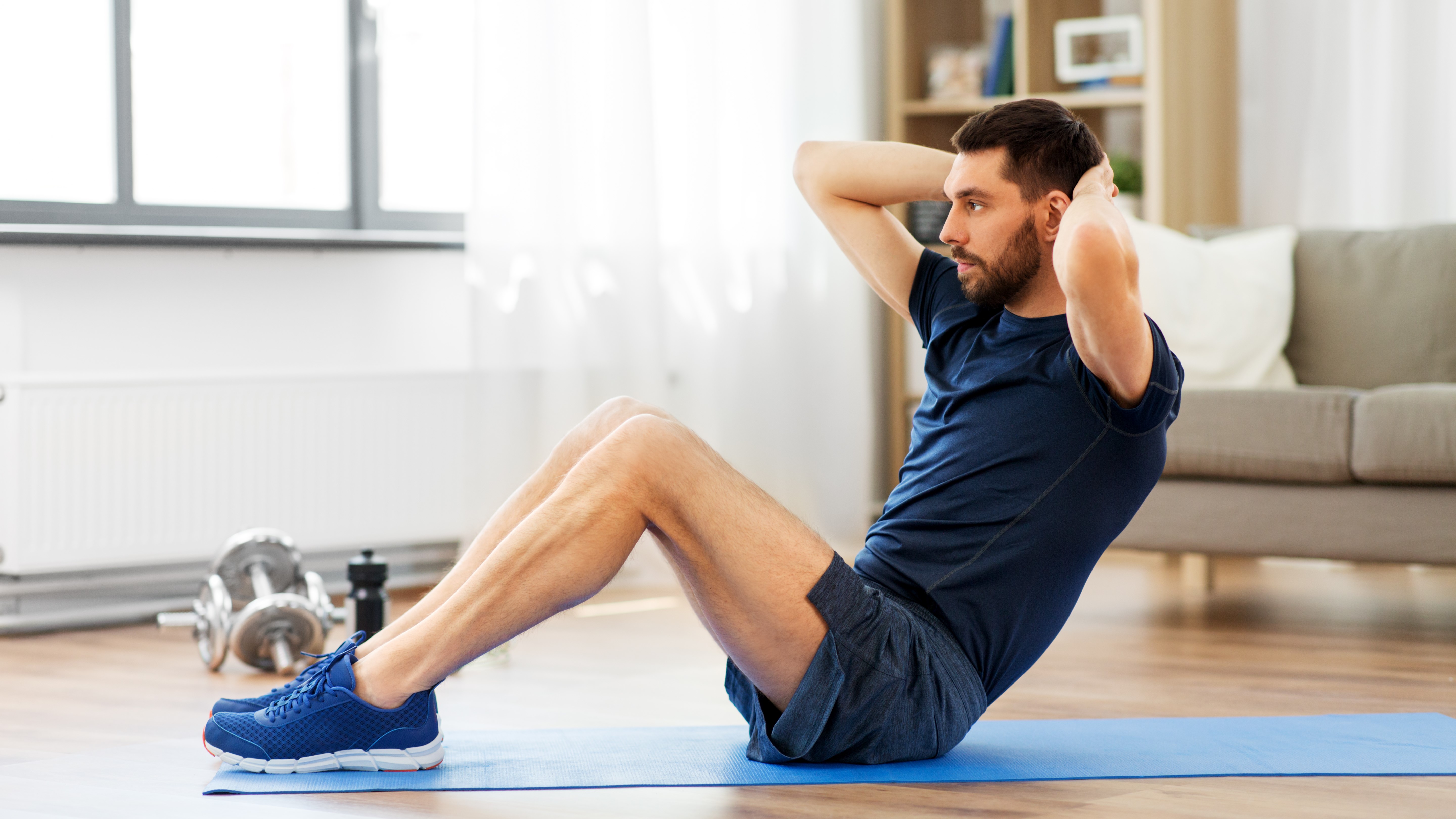
This isn't strictly true.
The sit-up is still programmed, but many other exercises can strengthen your core muscles just as well, if not better. It’s a case of deciding what works best for you and your anatomy. For some people, sit-ups can exacerbate existing back problems or tight, weak hips.
I speak to clients who find the hips take over during sit-ups, which can signal you may not be engaging your core properly, taking away from the primary mover called the rectus abdominis — the six-pack muscles. The butterfly sit-up can sometimes solve the issue, but not always, and the variation still requires you to sit up and lie down, over and over again.
I love kneeling and seated core workouts because your legs are removed from the equation and you can’t call upon them to help build momentum during exercise.
I love kneeling and seated core workouts because your legs are removed from the equation and you can’t call upon them to help build momentum during exercise. These types of workouts also teach proper alignment and posture, particularly if using a wall to begin with.
My top tip for nailing this dumbbell ab workout is to move with control and feel every rep; keep your torso tall, strong and active throughout, squeezing your stomach as you move and continuing to breathe using your diaphragm, not into your chest.
To do this, think about directing your breath expansively downward as if to expand the stomach; It’s one way to improve core engagement, plus, conscious contraction also helps build the mind-muscle connection so you can recruit muscles more efficiently when you need to.
More from Tom's Guide
- I'm a personal trainer — the candlestick roll is the best bodyweight exercise for your barbell squats
- You only need 2 dumbbells and 30 minutes to build full-body strength and boost your metabolism
- I'm a personal trainer — 3 things I wish I had known as a calisthenics beginner

Sam Hopes is a level 3 qualified trainer, level 2 reiki practitioner and senior fitness writer at Tom's Guide. She is also currently undertaking her Yoga For Athletes training course. Sam has written for various fitness brands and websites over the years and has experience across brands at Future such as Live Science, Fit&Well, Coach, and T3.
Having worked with fitness studios like F45 and Virgin Active, Sam now primarily teaches outdoor bootcamps, bodyweight, calisthenics and kettlebells. She also coaches mobility and stretching-focused classes several times a week and believes that true strength comes from a holistic approach to training your body.
Sam has completed two mixed doubles Hyrox competitions in London and the Netherlands and finished her first doubles attempt in 1:11.
